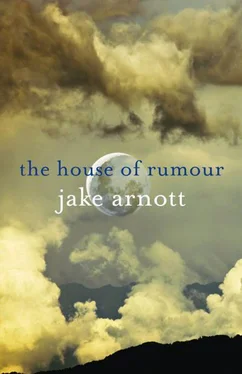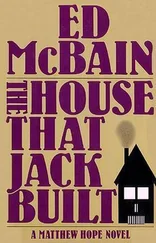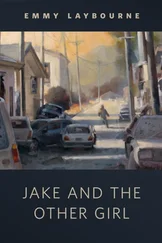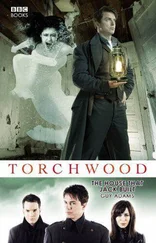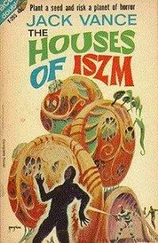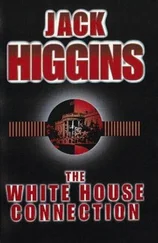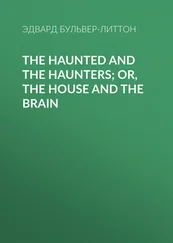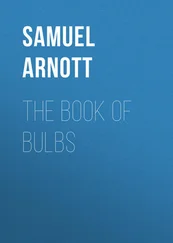I was on medication for my nerves. I had tried all kinds of therapy to make sense of what had happened to me but nothing seemed to work. I was looking for something to believe in, a simple life, somewhere to settle down, to raise Martin and grow old in peace. I asked the heavens for guidance and I was shown the way.
A friend took me along to a Peoples Temple service at a big old church in Alvarado Street. I was never much one for church but there was so much joy and hope in that place, I was overwhelmed. And Martin loved it. He was singing along with the choir before long, being very musical just like his father. What really impressed me was the mix of peoples. The congregation was mostly black and coloured so they could never feel that they were a minority at the Peoples Temple. But there were plenty of white folks too. This was the sort of integration white liberals had been going on about for years but had never made happen. And Jim Jones, the leader, had this incredible aura, full of righteous energy. A handsome man with Native Indian features: high cheekbones, jet-black hair. All the young members of the Peoples Temple called him Dad. He wore electric-blue robes and sunglasses.
He and his wife Marceline had experiences I could share. They have what they call their ‘rainbow family’ with Korean and coloured children. They were the first white couple in the state of Indiana to adopt a black child. Marceline told me that she had been spat on in the street when she had carried him as a baby.
So after a while we got on a Peoples Temple bus and came to San Francisco. I’m glad to have left LA behind. I really do believe it’s where the devil lives. It’s certainly a city that promises heaven and gives you hell. Me and Martin are having a much better time up here. We spent a summer in the commune in Redwood Valley. It was pure joy to see my son run free in the countryside.
It’s 1977 now and I feel that we’re at the start of a new beginning. Martin has been listening to a lot of reggae recently and he tells me that there is a Rastafarian prophecy that great changes will come the year that the two sevens clash.
A spacecraft called Voyager has just been launched. It will visit the planets and eventually leave the solar system and in thousands and thousands of years’ time it may reach another star. On it is a long-playing record of pure gold that has music from earth: Beethoven, Mozart, Chuck Berry. It also has recorded voices in different languages sending greetings to whoever might be out there.
I like to think that my voice will float up through space into the heavens. That one day, a million years from now, somebody might hear this story and remember me.
But that is for the future. Right now we have great plans. A new community has been set up in Guyana, the Peoples Temple Agricultural Project. We’re calling it Jonestown and it will be a chance to make a utopia, to go back to Eden. Me and Martin are going to live there real soon.
Jim Jones is already there. I remember the last time I saw him preach, talking about the Cause and how we have to free ourselves from bondage. The choir was singing: Soon, yes, very soon, we are going to the Promised Land . Jim Jones was burning with a fierce light and calling out: ‘We can’t wait for it to come out of the sky! We’ve got to make heaven down here!’ He has this maniacal charisma. And I had a strange vision of his impish face transformed. The dark lenses of his shades like empty eye sockets, rounded by high Cherokee cheekbones and the bright white teeth in his wide mouth smiling like the skull. I saw the death’s head grinning at me, at the whole congregation. It should have been frightening but it wasn’t. I know now. And I fear no evil. Even if I cannot escape the devil, he cannot escape either. Angels bright or angels dark, all are messengers of God and the great astral purpose. Though the devil may will forever evil, he does forever good. I don’t have to fear him any more.
Although I should feel honoured to find myself described in a recent essay as the first and foremost of the post-utopian Cuban artists, I am duty bound to defer to the greater accomplishments of my contemporaries. Of the many exponents of this beleagued aesthetic that emerged from the Special Period, I could point to the work of Carlos Garaicoa, particularly in his use of architectural models; Kcho’s installation Regatta that caused so much controversy at the Fifth Havana Biennial; and the video performances of Alejandro López. All these artists (and many more) have engaged with themes and forms attributed to me with more intelligence and wit than I could ever muster.
It is not false modesty that seeks to assert a diminution of my talents or reputation but a desire for clarity. My ambitions have always been, quite deliberately, on a smaller scale. My only real desire in artifice was to make models of things. And though critics have insisted that my sculptures reflect a millennial anxiety, the impulse behind them was a futile attempt to achieve a sense of calm. As a child with his toys, I wished to impose an infantile theology on my surroundings and, in imagining absolute control over a miniature world, avoid engagement in the real one. What has been called art was merely my wish to exert this sense of moderation on my surroundings.
But even before my work gained recognition, my friend Nemo Carvajal insisted that I was part of a tradition; that Havana has always nurtured elements of a temperate culture amid its tropical climate. He also suggested that my calling as a miniaturist had a political context. That our little island was like one of the dots in the yin-yang sign surrounded by the capitalist empire, just as the other dot, West Berlin, was engulfed by the communist bloc. This was one of his favourite analogies back when the Cold War was still coldly raging: of a Taoism that determined that neither system was entirely separate from the other, each containing its opposite in diminished form. These dots are jonbar points, he explained to me. When I asked him what he meant, he told me this was a science-fiction term, that a jonbar point is where history is finely balanced and can go in many directions. Apocalyptic, he said with a wistful smile, remembering the Missile Crisis he had lived through in the early 1960s. I remember nodding with anxiety at this, hoping then and always for a focal point that would reduce rather than escalate.
As a child I had been making models out of wood and Styrofoam for as long as I could remember, my most treasured possession being a Chinese plastic kit of a MiG 19 fighter plane (a present for my ninth birthday), but my epiphany came on a school trip to the Havana Marqueta in Miramar. I remember gazing in calm awe at the 1:1,000 scale replica of our native city spread out over 144 square metres, my known universe reduced to dimensions that allowed me a childish omniscience. I mistook a gasp of delight for my own, and turned only when I heard the word that followed. Incredible. It was softly muttered on the lips of Lydia Flores, a tall and intimidating girl with cropped hair and thick eyebrows, standing transfixed beside me. Had I not been in a partial trance myself, I probably would have kept quiet. Lydia scared me (and most of our class for that matter). But her wide-eyed stare seemed benign and beatific. I imagined, quite wrongly, that we were sharing a moment and I whispered some inane praise of the diorama before us.
No, no, she murmured absently. Not down there. Up here. It was then I realised that she was far above it all. Some of our party marvelled at the baroque wedding cake that was the old city; some followed the broad swoop of the Malecón or picked out the prosaic honeycomb of blocks that marked out our own neighbourhood of Playa. Meanwhile, I tracked down a network of streets to find the effigy of the very building we were in, a tiny box in which, I mused, another even more microscopic simulacrum of the city might reside. But, with outstretched arms, Lydia looked beyond, to the painted horizon behind the panorama.
Читать дальше
